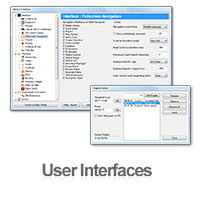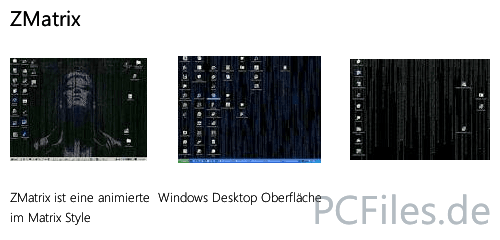
FindAllMarkers() automates this process for all clusters, but you can also test groups of clusters vs. each other, or against all cells. By default, it identifies positive and negative markers of a single cluster (specified in ident.1), compared to all other cells. Seurat can help you find markers that define clusters via differential expression. The clusters can be found using the Idents() function.įinding differentially expressed features (cluster biomarkers) Optimal resolution often increases for larger datasets. We find that setting this parameter between 0.4-1.2 typically returns good results for single-cell datasets of around 3K cells.

The FindClusters() function implements this procedure, and contains a resolution parameter that sets the ‘granularity’ of the downstream clustering, with increased values leading to a greater number of clusters. To cluster the cells, we next apply modularity optimization techniques such as the Louvain algorithm (default) or SLM, to iteratively group cells together, with the goal of optimizing the standard modularity function. This step is performed using the FindNeighbors() function, and takes as input the previously defined dimensionality of the dataset (first 10 PCs). Briefly, these methods embed cells in a graph structure - for example a K-nearest neighbor (KNN) graph, with edges drawn between cells with similar feature expression patterns, and then attempt to partition this graph into highly interconnected ‘quasi-cliques’ or ‘communities’.Īs in PhenoGraph, we first construct a KNN graph based on the euclidean distance in PCA space, and refine the edge weights between any two cells based on the shared overlap in their local neighborhoods (Jaccard similarity). Our approach was heavily inspired by recent manuscripts which applied graph-based clustering approaches to scRNA-seq data and CyTOF data.

However, our approach to partitioning the cellular distance matrix into clusters has dramatically improved. Importantly, the distance metric which drives the clustering analysis (based on previously identified PCs) remains the same. Seurat v3 applies a graph-based clustering approach, building upon initial strategies in ( Macosko et al). For example, performing downstream analyses with only 5 PCs does significantly and adversely affect results. We advise users to err on the higher side when choosing this parameter.As you will observe, the results often do not differ dramatically. We encourage users to repeat downstream analyses with a different number of PCs (10, 15, or even 50!).However, these groups are so rare, they are difficult to distinguish from background noise for a dataset of this size without prior knowledge. Dendritic cell and NK aficionados may recognize that genes strongly associated with PCs 12 and 13 define rare immune subsets (i.e. MZB1 is a marker for plasmacytoid DCs).We chose 10 here, but encourage users to consider the following:

#HOW TO GENERATE ZMATRIX PC#
In this example, all three approaches yielded similar results, but we might have been justified in choosing anything between PC 7-12 as a cutoff. The third is a heuristic that is commonly used, and can be calculated instantly. The second implements a statistical test based on a random null model, but is time-consuming for large datasets, and may not return a clear PC cutoff. The first is more supervised, exploring PCs to determine relevant sources of heterogeneity, and could be used in conjunction with GSEA for example. We therefore suggest these three approaches to consider. You can also customize matrix row and column separator symbols and if they're a space and a newline, then you can use beautify matrix function that aligns all matrix numbers into neat columns.Identifying the true dimensionality of a dataset – can be challenging/uncertain for the user. There are several templates for generating special types of matrices – 1) you can fill the matrix with random numbers only diagonally and generate a random diagonal matrix, 2) you can fill the matrix with random numbers above the diagonal and generate a random right-triangular matrix, 3) you can fill the matrix with random numbers below the diagonal and generate a left-triangular triangular matrix, 4) you can fill the matrix symmetrically and generate a random symmetric matrix, and 5) you can fill all matrix elements completely randomly. You can also choose elements to be either integer or decimal numbers with the given precision. All you need to do is enter the number of rows and columns in the options above as well as set the lowest and highest possible numeric values for random elements. You can generate random matrices of any size, shape, and form. This is an online browser-based utility for generating matrices with random numbers as their elements.


 0 kommentar(er)
0 kommentar(er)
